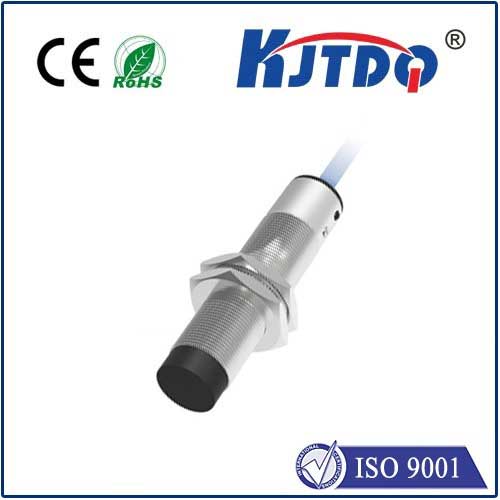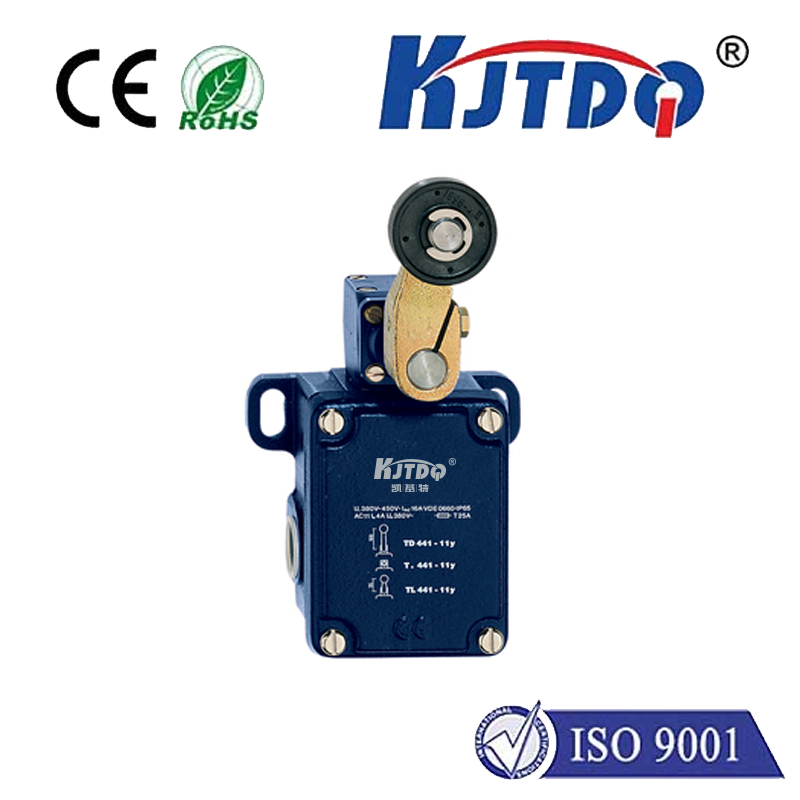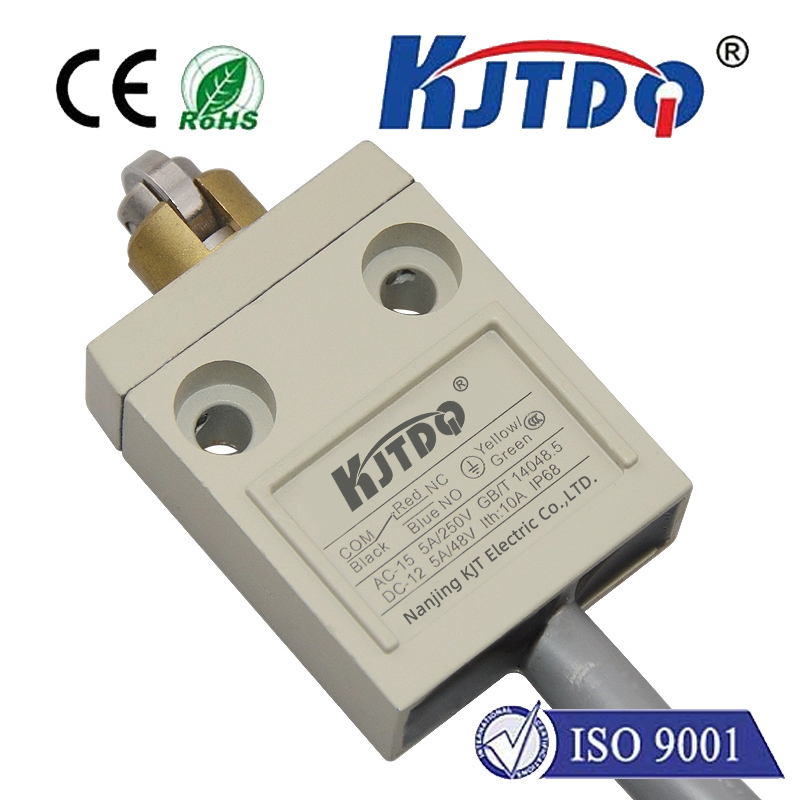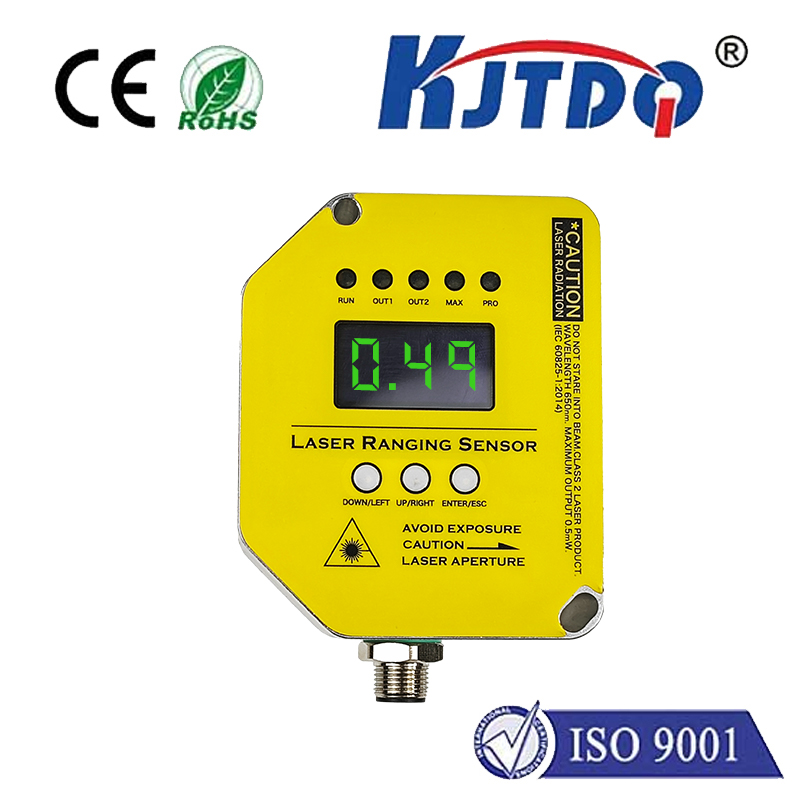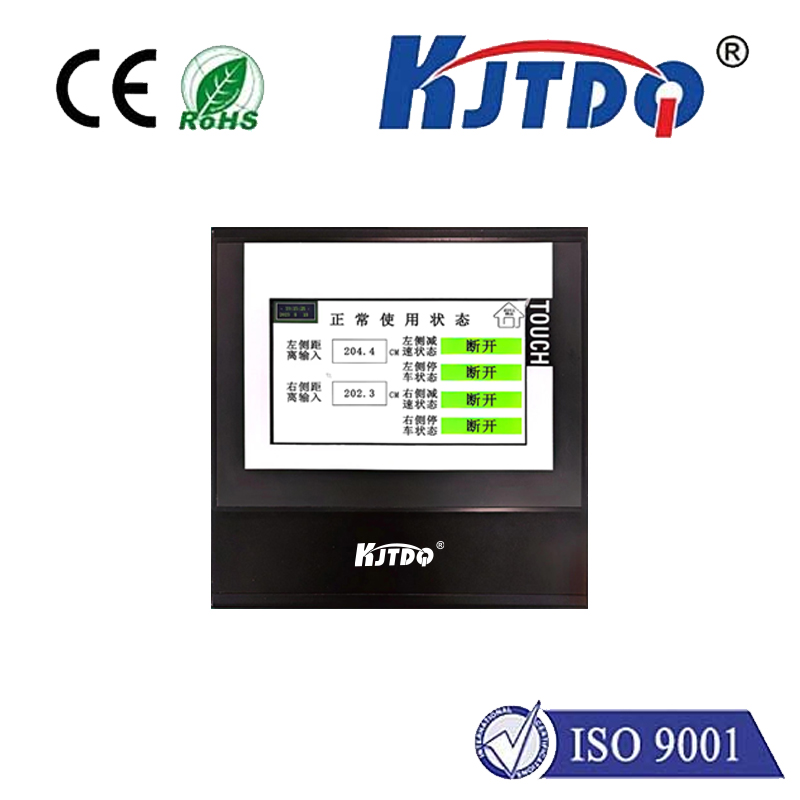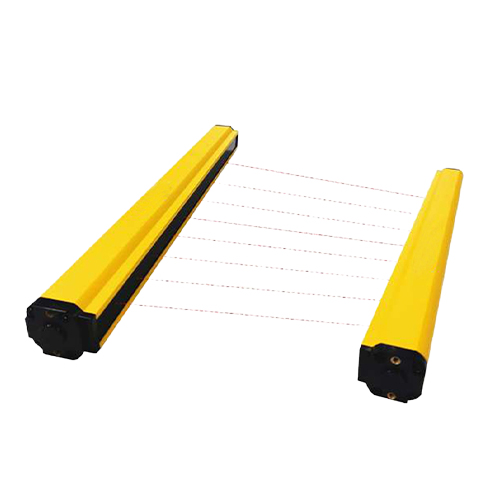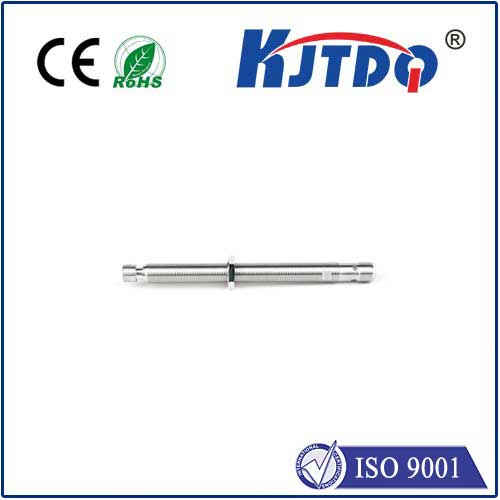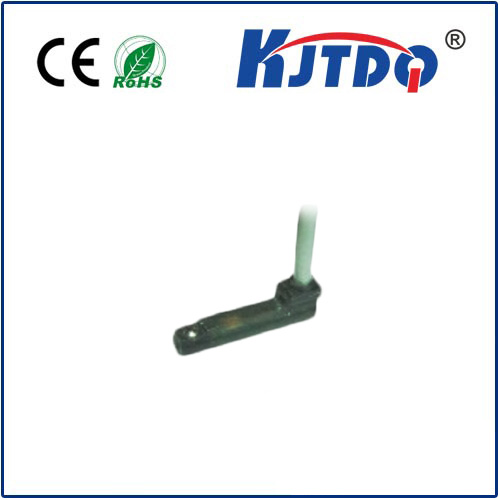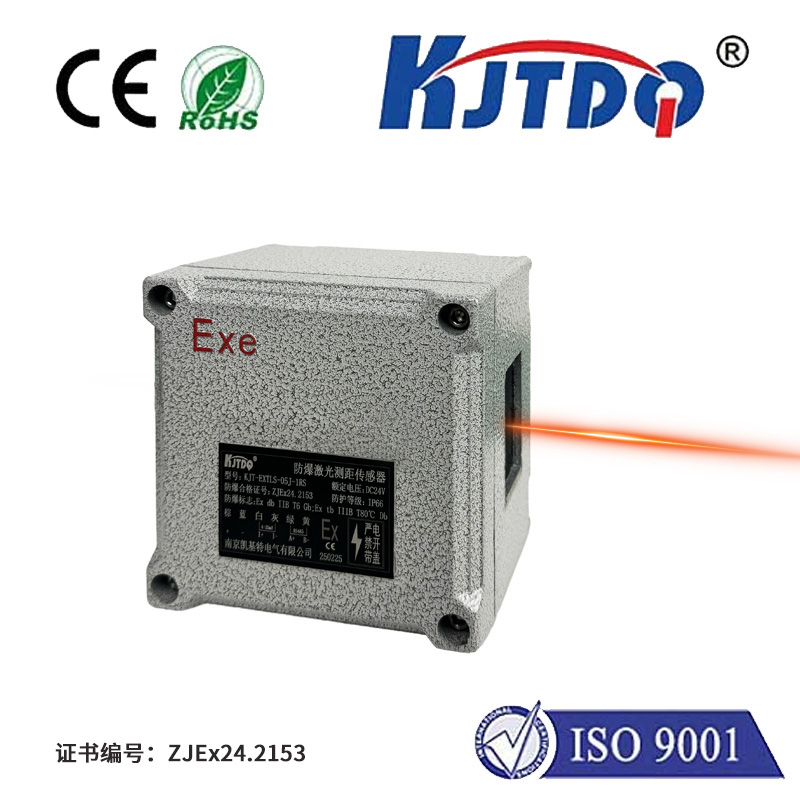

check

check

check

check

check

check

check

check

check

check
Title: Understanding Intrinsically Safe Limit Switches
When discussing industrial automation and safety measures, the concept of intrinsically safe limit switches often comes into play. These devices are designed to prevent hazardous conditions in environments where flammable gases or explosive materials may be present. In this article, we will delve into the definition, operation, benefits, and applications of intrinsically safe limit switches.
What is an Intrinsically Safe Limit Switch?
An intrinsically safe limit switch is a type of limit switch that is constructed with extra precautions to ensure it cannot cause an explosion in hazardous areas. Unlike regular switches, these components are made with low energy circuits that are incapable of releasing足够的 energy to ignite vapors or gases within their surroundings. Essentially, they are engineered to be non-incendive.

How Does It Work?
Intrinsically safe limit switches operate on the principle of limiting the amount of electrical energy stored or released within the system. They are typically used in conjunction with intrinsically safe barriers or other isolating devices that further restrict current and voltage levels. This combination creates a safe zone around the switch itself, preventing any spark or thermal effect from reaching a level that could cause combustion.
Benefits of Using Intrinsically Safe Limit Switches
The primary advantage of using these switches lies in enhancing safety in hazardous locations. By eliminating the risk of an electrical source igniting volatile substances, they provide peace of mind for operations in industries such as oil and gas, chemical processing, and mining. Moreover, intrinsically safe technology allows for the use of standard instruments and equipment in perilous environments without the need for expensive and specialized防爆 housings.
Applications for Intrinsically Safe Limit Switches
Due to their unique properties, intrinsically safe limit switches are employed in various scenarios where safety is paramount. They can be found in processes that handle volatile chemicals or gases to signal tank levels, machinery positioning, or as part of safety interlock systems. For instance, if a conveyor belt needs to stop when a certain point is reached, an intrinsically safe limit switch can be installed to cut power before any potential damage or danger occurs.
Conclusion
In summary, intrinsically safe limit switches are crucial components in safeguarding industrial settings where explosive atmospheres might exist. Their ability to operate without risking ignition makes them indispensable in numerous sectors where worker safety and environmental protection are critical concerns. By incorporating intrinsic safety principles, these switches contribute significantly to reducing risks associated with electrical equipment in hazardous locations.

